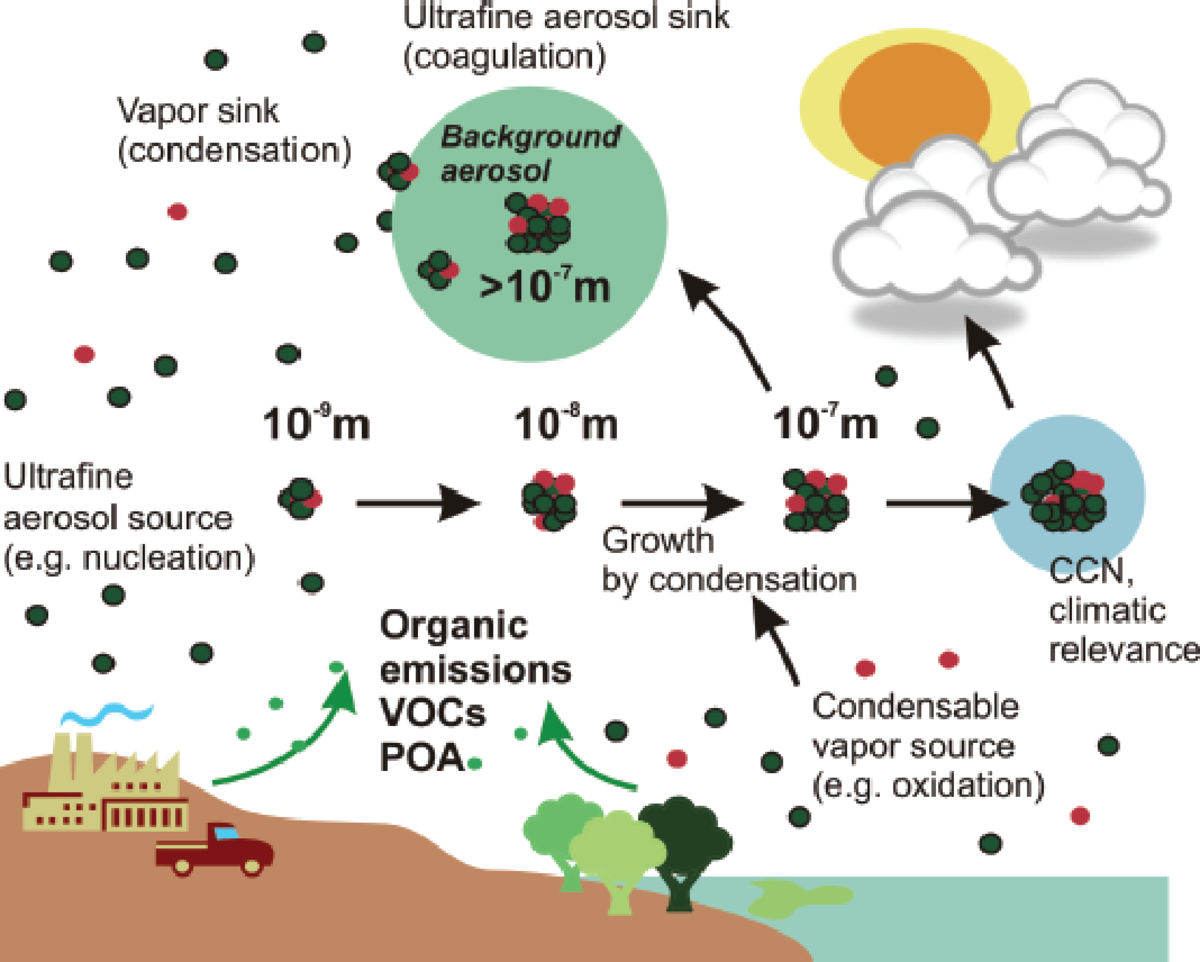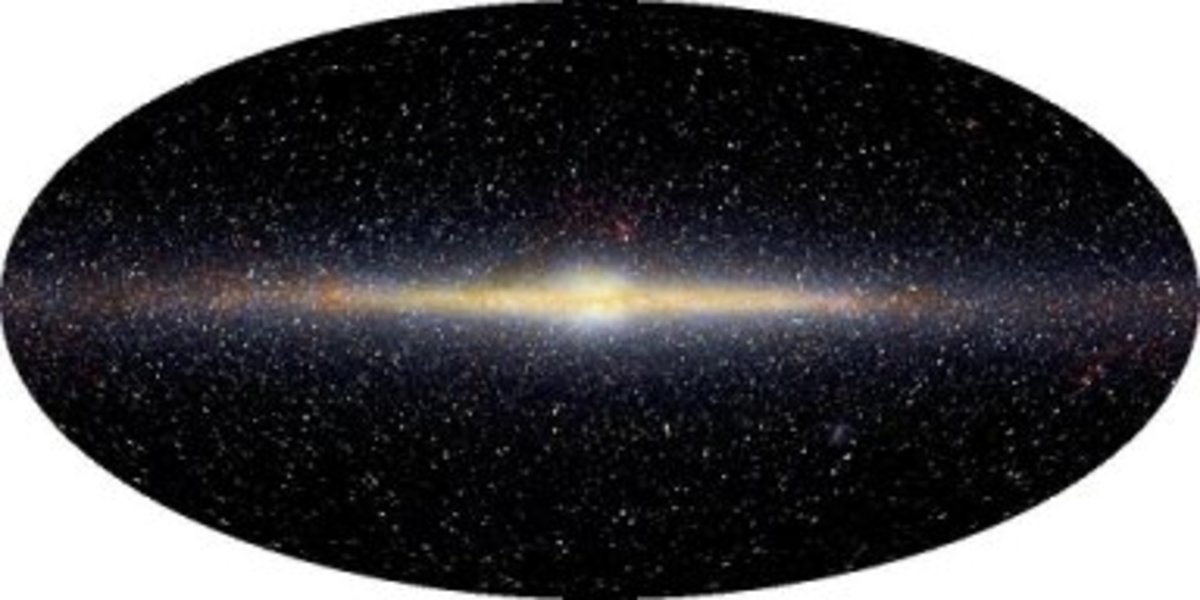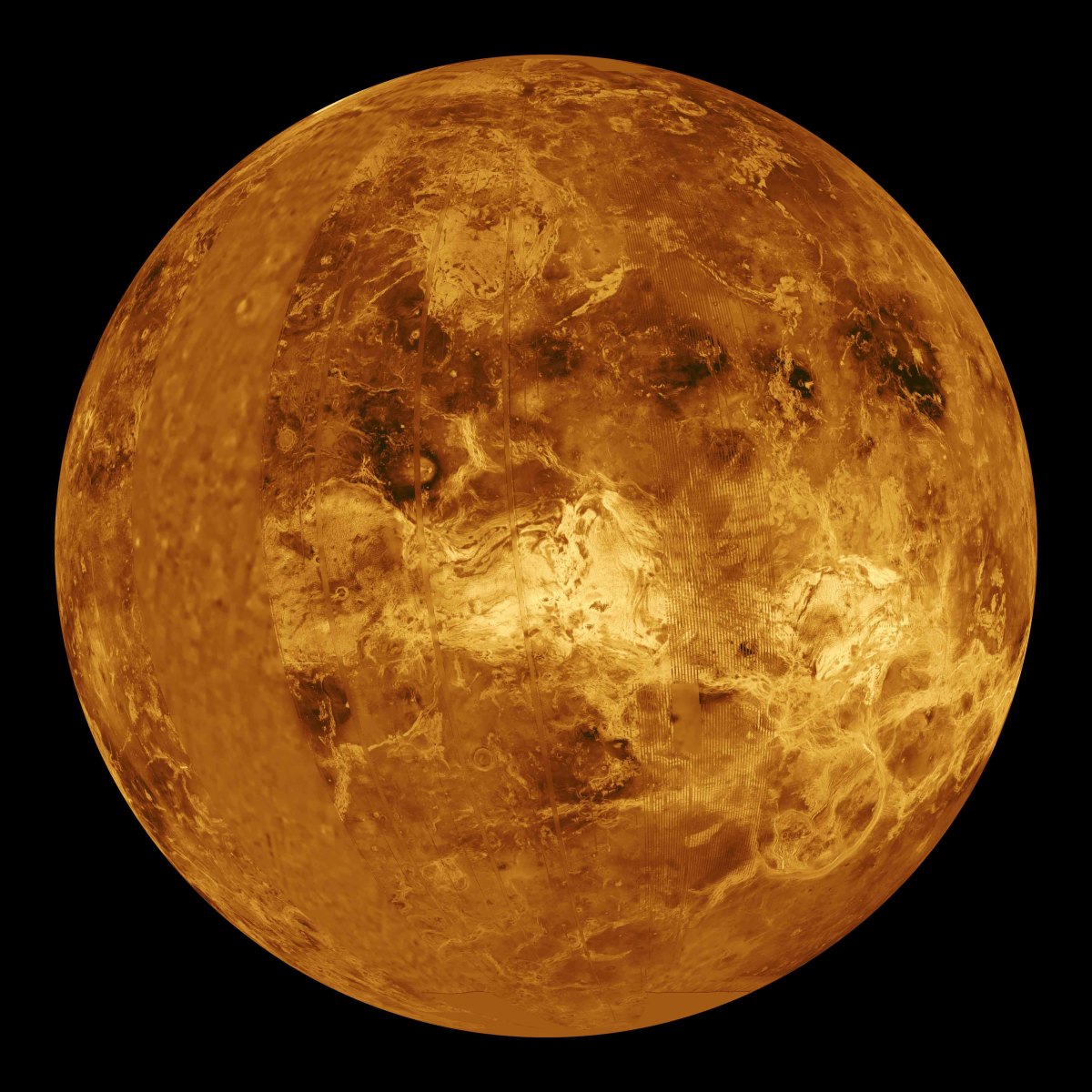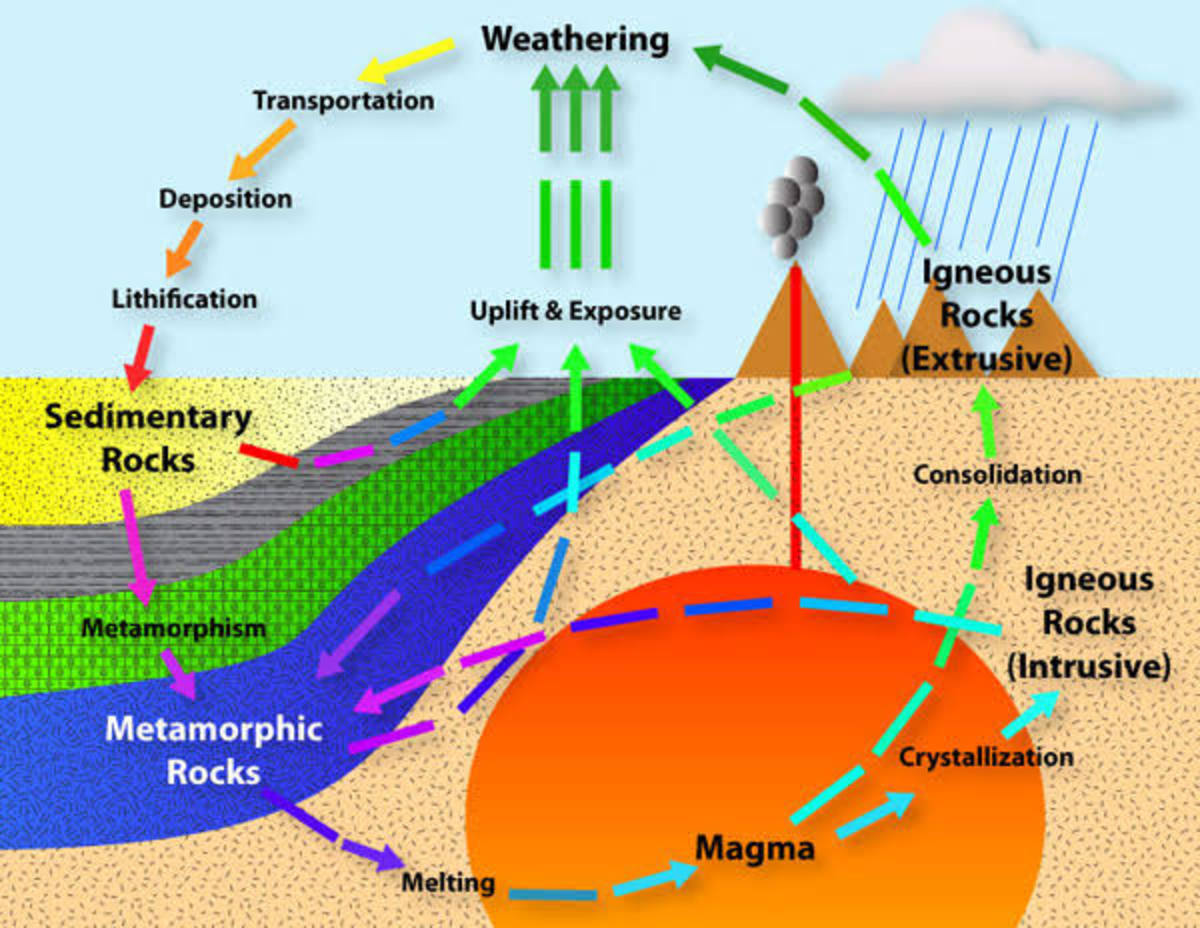How the Sun Heats the Earth

The earth's main energy source comes from the sun. It provides the earth with not only light but also warmth. Without the sun, Earth would be a cold and lifeless planet. But how exactly is the sun's energy transferred to the earth?
Radiation
Radiation is the transfer of energy by visible light. Because the sun's light is always shining on the earth's surface somewhere, the sun is constantly warming the earth's surface through a process called radiation. There are three ways radiation is transferred to the earth's surface. These include ultraviolet radiation, visible light, and other forms of electromagnetic waves.
About fifty percent of the solar radiation is absorbed by the earth's surface both directly and indirectly. The rate of solar radiation absorption depends on the physical characteristics of the area. As an example, when water heats up, compared to land, the water cools down at a slower rate than on land.
The earth is always absorbing solar radiation but in turn it is also sending energy back into space. Only an estimated fifteen percent of the solar radiation is absorbed by the atmosphere. When it comes to reflecting the energy back toward space, only four percent is reflected from the earth's surface, only six percent is reflected by the atmosphere, and around twenty percent is reflected from clouds.
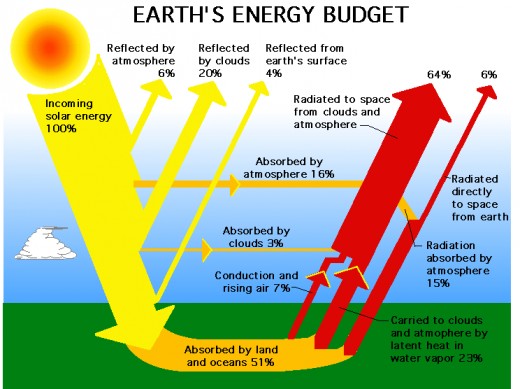
Have you ever sat outside on a sultry, summer day and wondered why it is so hot outside? Most people assume it is because of the sun's direct rays beating down through the atmosphere. However, much of the solar radiation that travels in short wavelengths thus not very well absorbed through the atmosphere. Instead, it passes through the earth's atmosphere to be absorbed by the earth's surface.
Keep in mind that the earth's surface reflects a small percentage of this energy back toward the atmosphere. When this happens it is done so in longer wavelengths, which is then absorbed by the atmosphere instead of simply passing through. Thus, it warms the air by using the processes of conduction and convection.
Conduction
Conduction is when molecules collide and energy transfers. So how does this relate to how the sun heats the earth? Think about turning on the burner to your stove to heat a kettle of water. The hot burner represents the earth that has been heated by the sun's rays and the water at the bottom represents the air in the lowest level of the atmosphere. The energy transfer occurs when the warm particles close to the earth's surface is transferred to particles in the lowest layer of earth's atmosphere.
Convection
Convection occurs when energy is transferred by the flow of heated substance. This process plays a major role in transforming the energy provided by the sun to heat the planet. Through the process of conduction, the lower levels of the earth's atmosphere are heated, but how does the heat rise to warm other levels of the atmosphere? It is done so through the processes of convection.
Think back to the kettle heating up on the hot burner. Although the conduction occurs by heating the water in the bottom of the pot, eventually all of the water in the pot is heated. When the water heats up it expands and forms bubbles that rise to the top. However, the water at the top cools ultimately sinking back down to the bottom of the kettle to be reheated.
The process of convection in the earth's atmosphere work a lot like the process used to boil water. Pockets of air close to the earth's surface become heated. Most people know that heat rises but not many people know why. Once these pockets of air become heated, they are less dense and begin to rise into the atmosphere.
Once this warm air rises in the atmosphere, it begins to expand. The surrounding atmosphere is cool therefore starts to cool down the warm pockets of air. This causes the density to increase, thus making the once warmed air pocket sink back to the earth's surface to be warmed again to start the process all over again. These convection currents move the air and help sustain life on this planet.
Knowing how the sun heats the earth is really a simple process if you can remember the three basic ways energy is transferred from the sun to the earth; radiation, conduction, and convection. By combining these three processes the earth stays warm enough to maintain life as we know it on this planet. Without it, Earth would be a dead, stagnant planet.
© 2014 L. Sarhan



